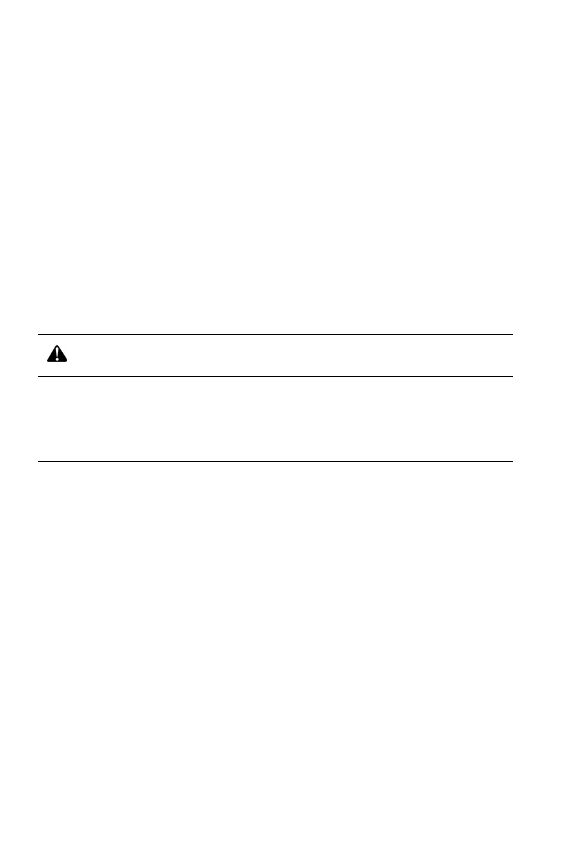Snowmobile Polaris 600 Fusion (2006 year). Manual - part 11

44
THE PERFECT FIT
IQ Front Suspension Adjustments
Front Shock Spring Preload
The factory preload setting should be appropriate for most riders and
conditions. Please see your Polaris dealer for assistance before attempt-
ing to adjust preload.
Increasing the spring preload too much may adversely affect the han-
dling of the snowmobile and the performance of the rear suspension.
Decreasing the spring preload too much may allow the upper spring
retainer to fall off.
Shock Valving
RydeFX shocks can be revalved if spring preload alone isn't sufficient
and further adjustment is desired to control suspension stiffness.
Front Springs
The front springs can be changed if spring preload alone isn't sufficient
and further adjustment is desired to control suspension stiffness. See
your Polaris dealer for more information.
WARNING
Changing shock valving on RydeFX shocks requires special tools and a
sound knowledge of mechanical theory, tool use, and shop procedures to
perform the work safely and correctly. Shocks contain high-pressure nitro-
gen gas. Use extreme caution when handling high-pressure service equip-
ment. We recommend that this work be performed by a Polaris dealer.